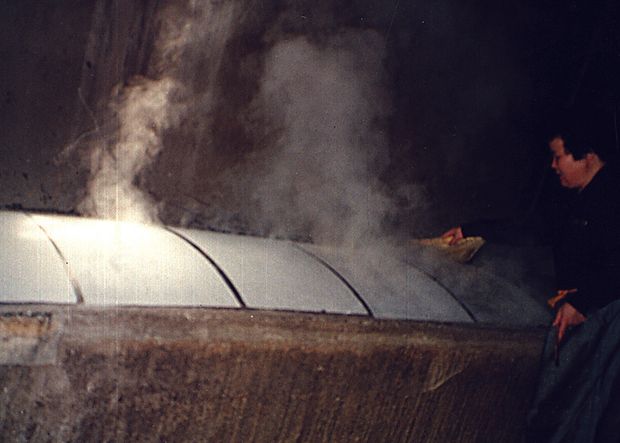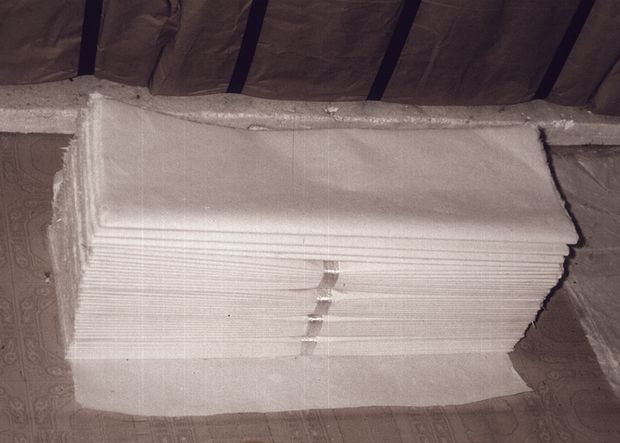Hanji
Hanji, the Korean paper
The Korean paper Hanji is so resilient that it will last for hundreds of years. However, we don't know exactly when it was invented. The fact is that the oldest book (woodcut) was printed on Hanji in 751 BC.
Hanji, which was reputed to be the best paper in the world, was imported by the Chinese imperial family. Many Chinese emperors use Hanji for drawing or calligraphy. Through Hanji, printing was developed in Korea and many books were published. 'The Buddhist Scripture of Jikji', printed on Hanji in 1377, is on display in the French National Library in Paris.
Versatile traditional uses
- As wrapping, wrapping paper or for handicrafts - hand-made, colored or naturally bleached
- For painting and writing - hand-made, double and triple paper
- As wallpaper, window paper, flooring or decorative items - hand-made, sprinkled from black and white bark
The traditional production
It used to be said that Hanji is the 'one hundred touch paper'. It took a hundred fine touches to make Hanji - a lot of time and labor. The branches of the mulberry bush were boiled. The bark was peeled, dried and then soaked to separate the outer black from the inner white bark. The white bark was rinsed out, boiled in a special lye (natural substances) and then stored in cold water for a long time. After being bleached in the sun, it was struck with a stick on a flat stone. The bark was now like fibrous cotton. In a barrel the fibrous material was mixed with water to form a pulp. This pulp was poured over a bamboo sieve so that individual leaves were created, which were then stacked. The water was removed and the leaves were dried individually in the sun or on a hot iron plate.










